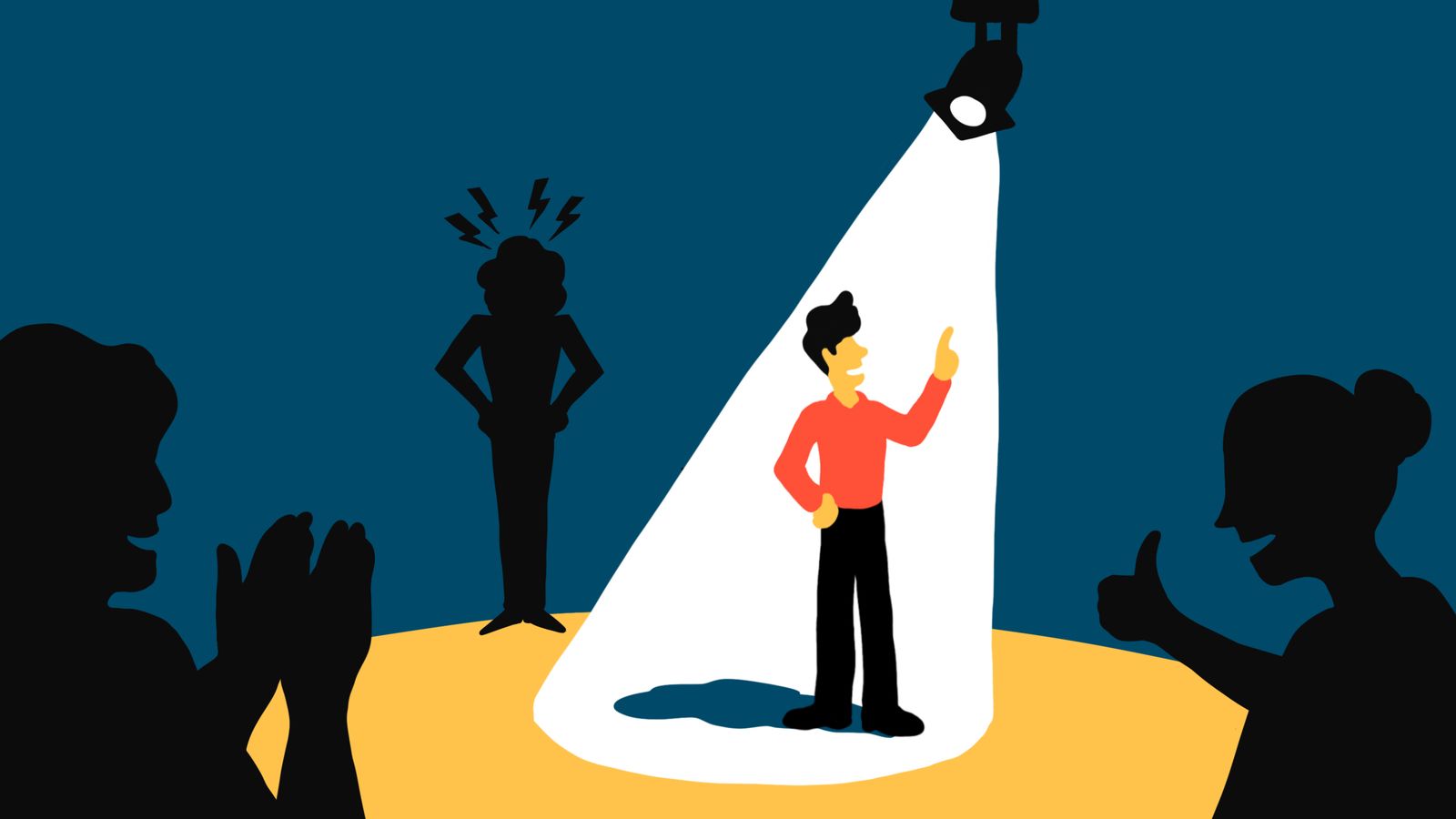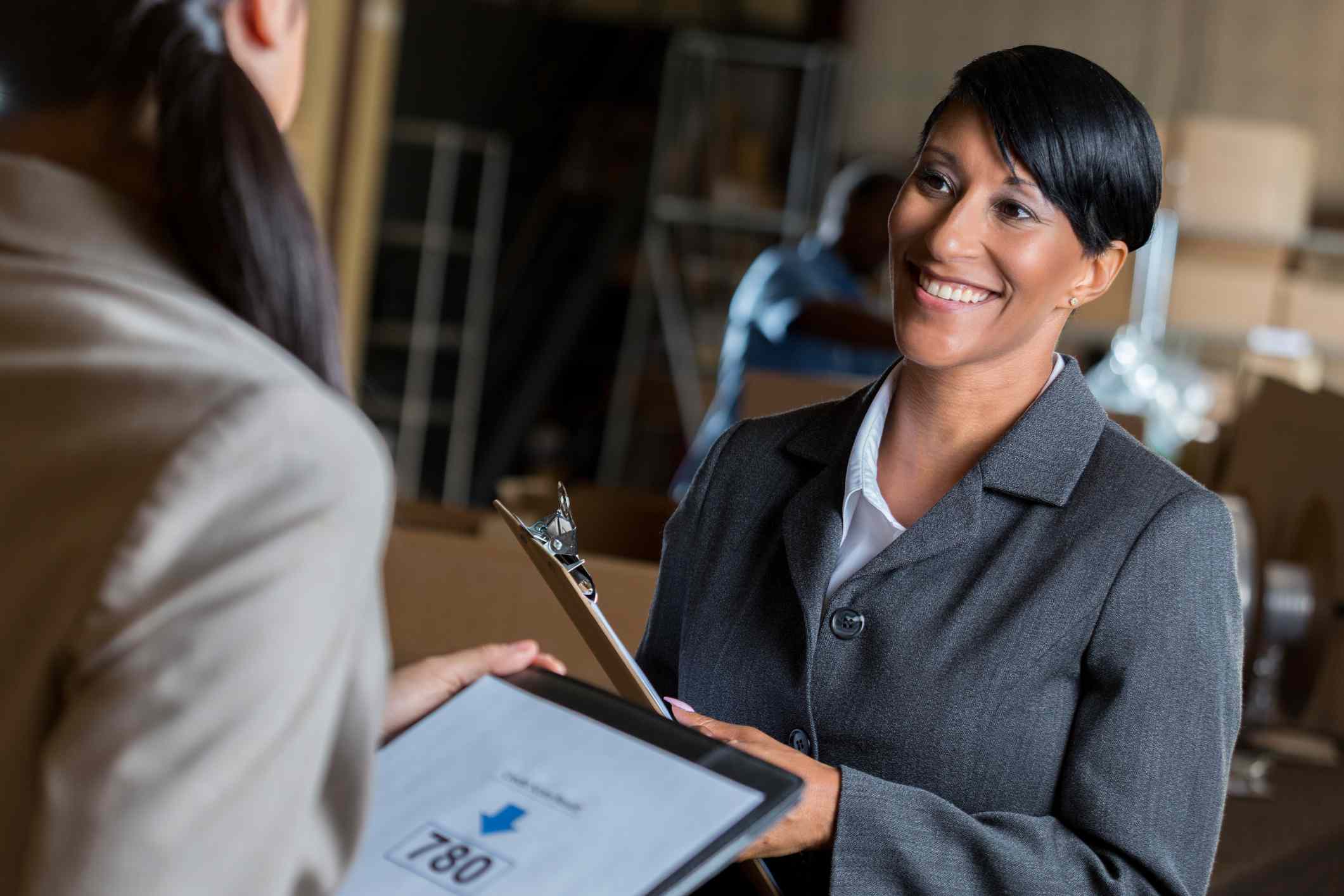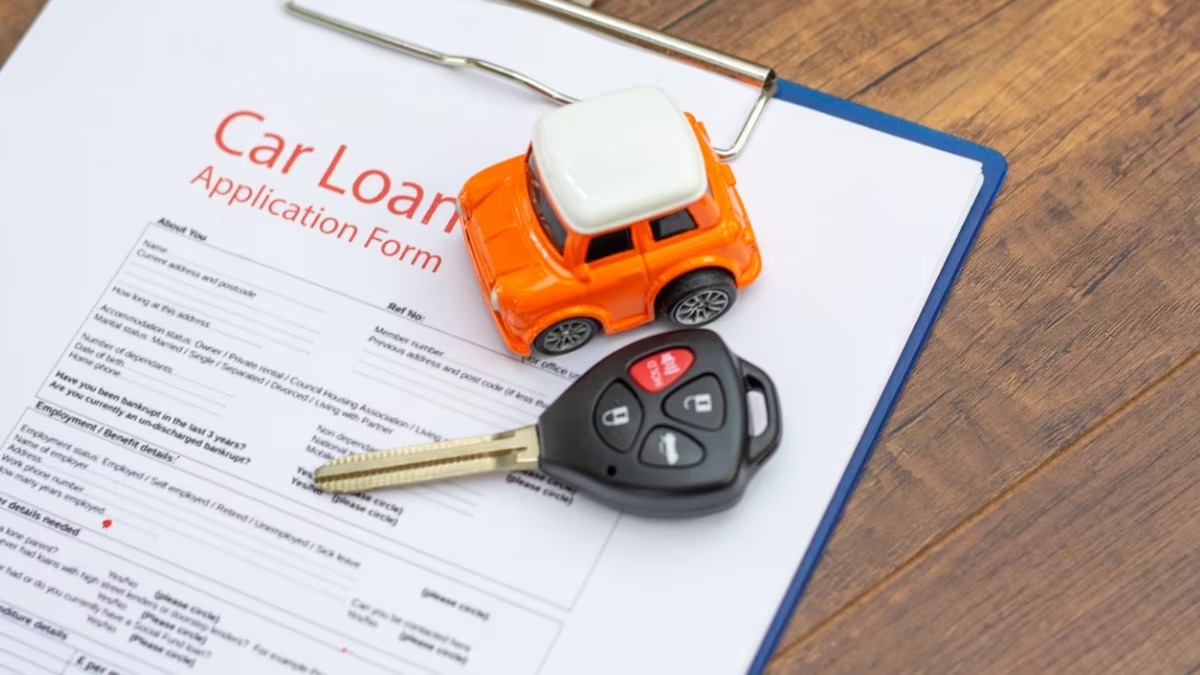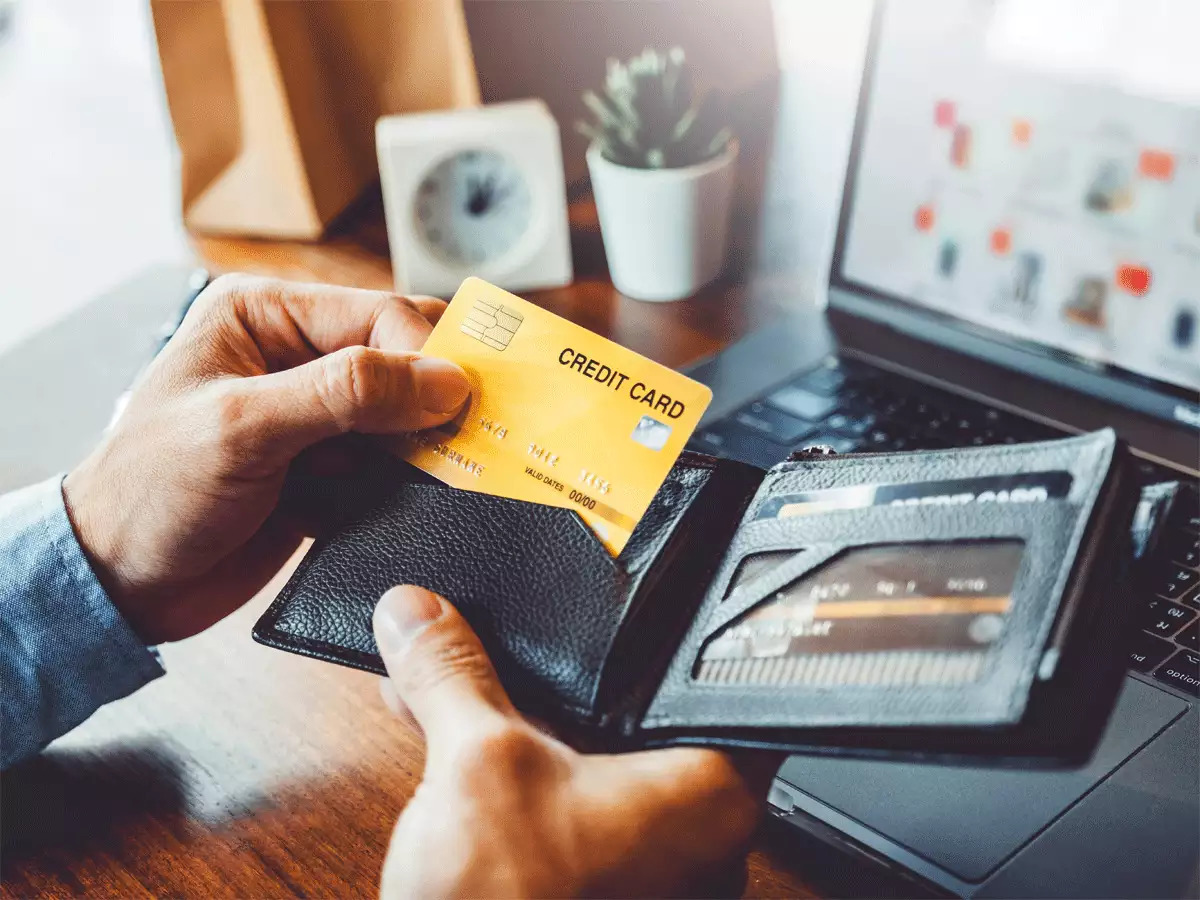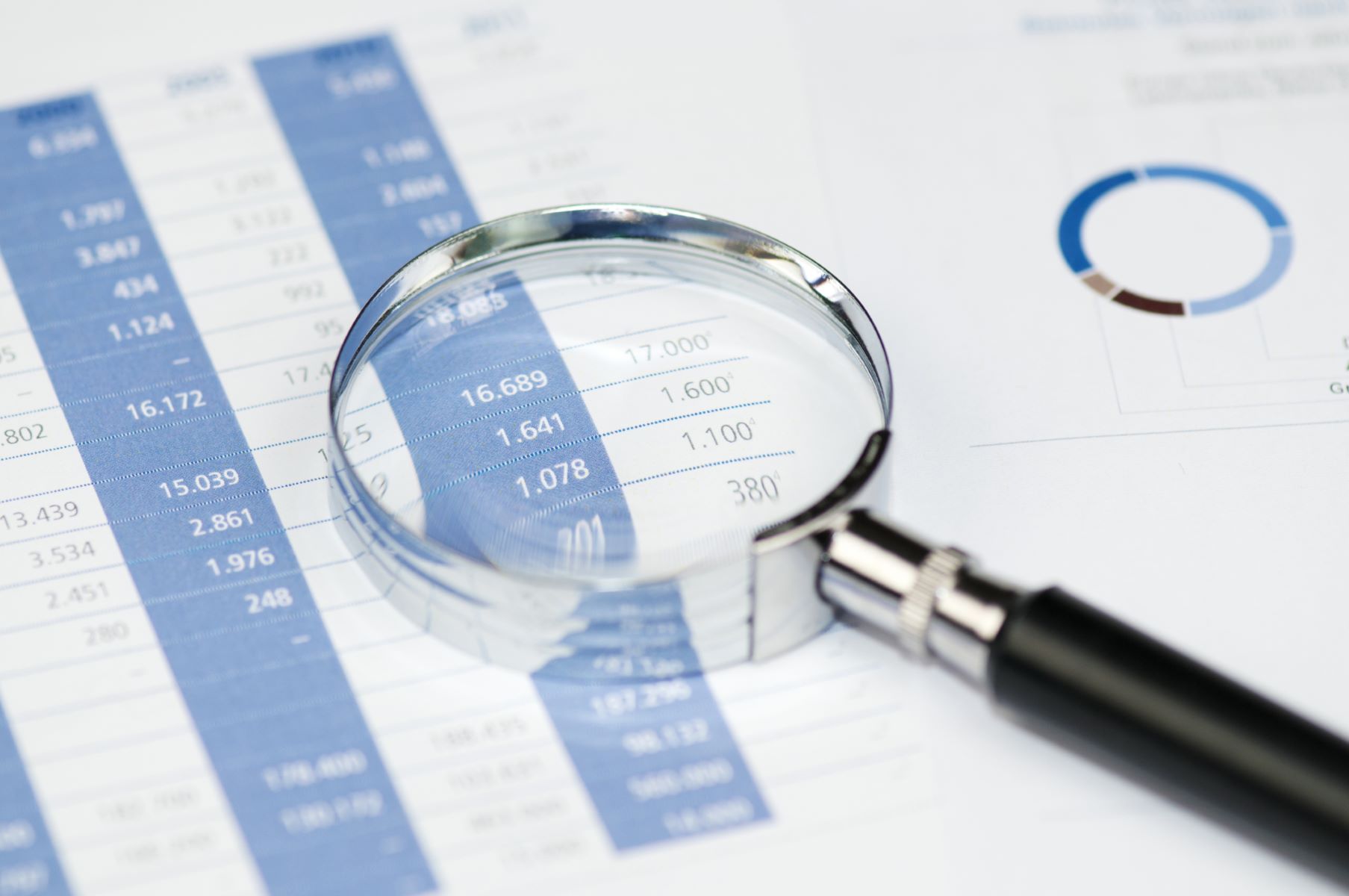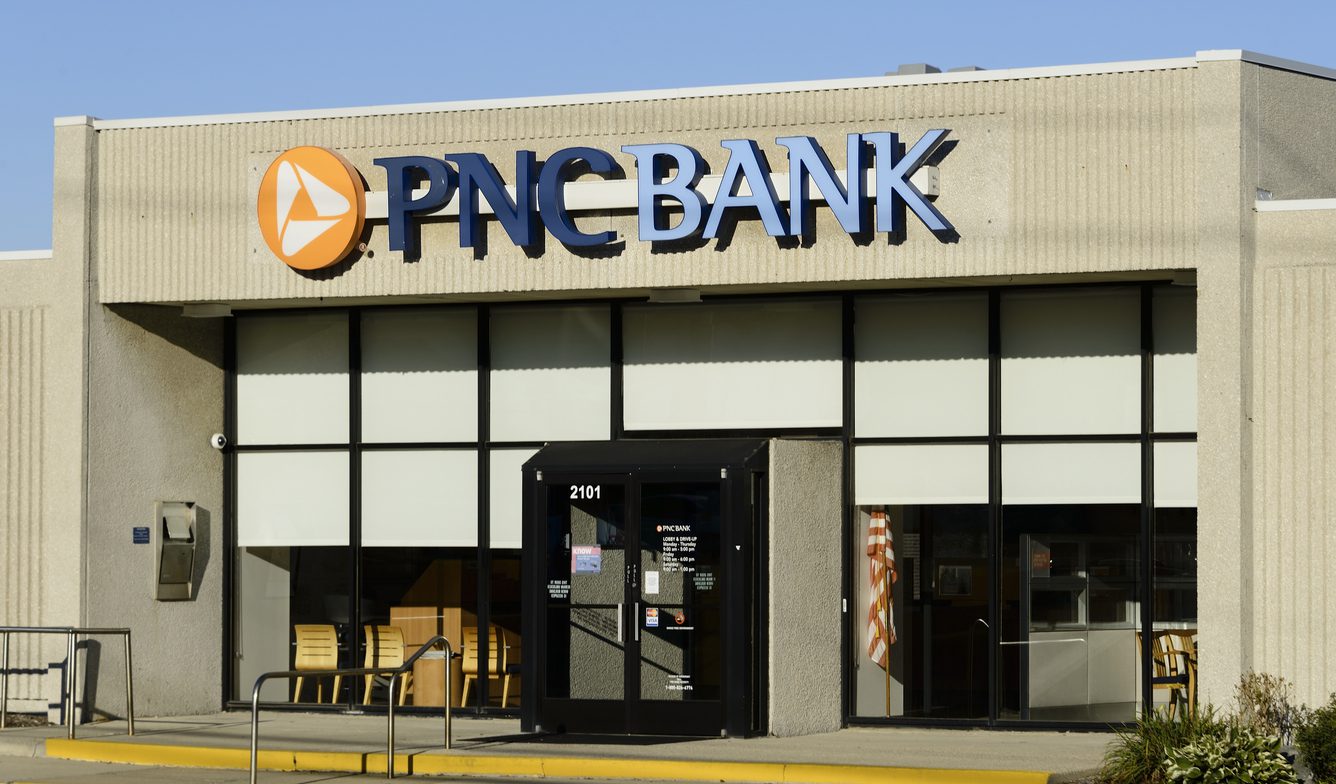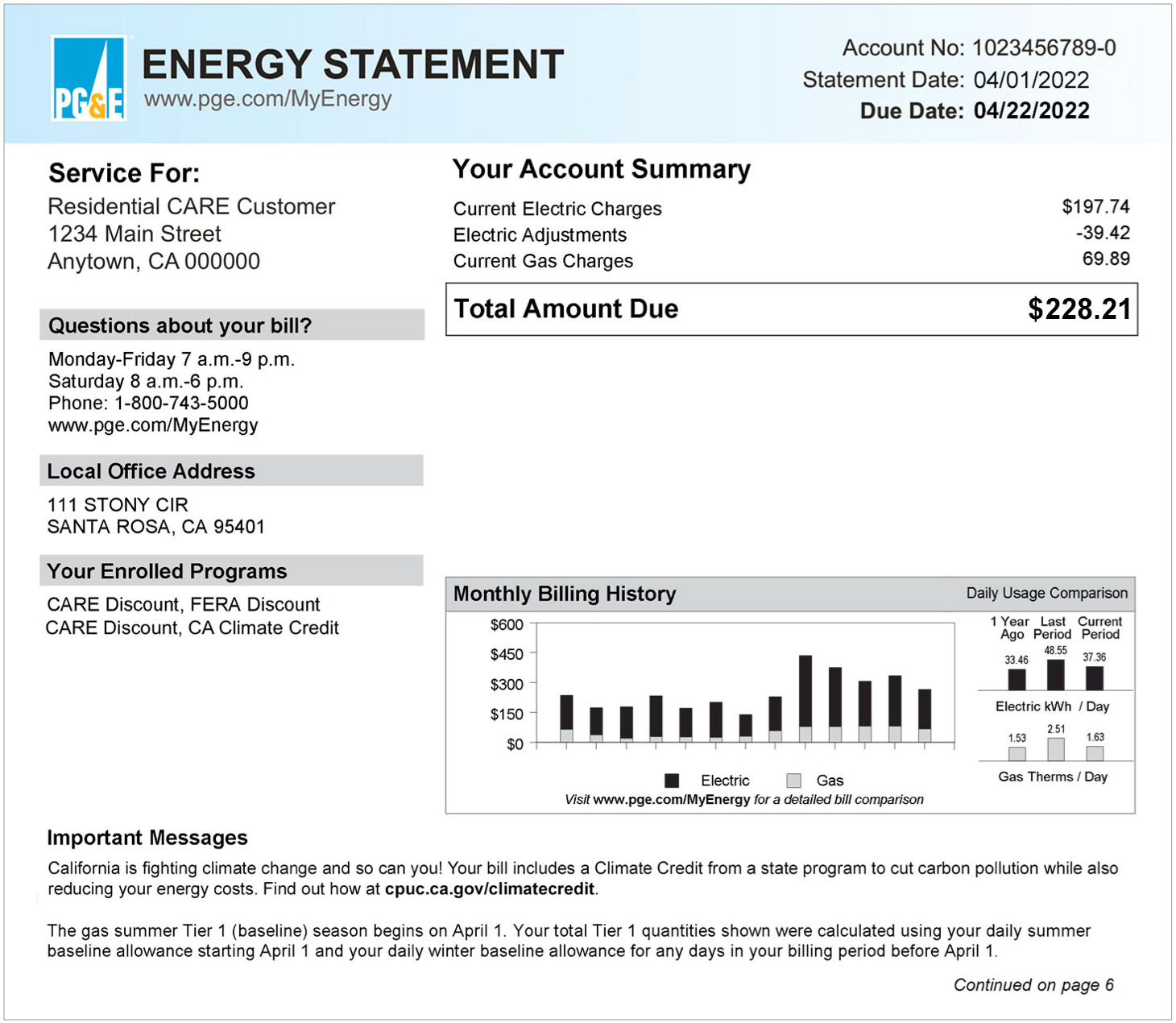

Finance
How To Check If Your Credit Card Is Working
Published: October 25, 2023
Learn how to check if your credit card is working and avoid financial surprises. Ensure your finance is in order with these simple steps.
(Many of the links in this article redirect to a specific reviewed product. Your purchase of these products through affiliate links helps to generate commission for LiveWell, at no extra cost. Learn more)
Table of Contents
Introduction
Having a credit card is a convenient and often necessary part of managing your finances. Whether you’re making online purchases, booking flights, or simply paying for everyday expenses, your credit card is a crucial tool in today’s digital age. However, there may be times when you’re unsure if your credit card is working properly. It’s important to know how to check if your credit card is working to avoid any inconveniences or potential financial issues.
In this article, we will explore the common signs of a working credit card, as well as provide you with step-by-step instructions on how to physically check your credit card and verify it online. Additionally, we will offer troubleshooting tips for non-working credit cards and advise you on when it’s necessary to contact customer service or your bank.
By understanding how to check if your credit card is working, you can confidently use it for all your financial needs and ensure a seamless payment experience.
Common Signs of a Working Credit Card
Having a working credit card is essential for conducting smooth financial transactions. Here are some common signs that indicate your credit card is functioning properly:
- Accepted at most establishments: One of the primary indications of a working credit card is that it is accepted at a wide range of establishments. Whether you’re shopping at a physical store, making online purchases, or paying for services, a functioning credit card should be accepted without any issues.
- No payment declines: When you attempt to make a purchase or transaction, a working credit card should have no instances of payment declines. If your card consistently gets declined, it may be a sign that it is not functioning correctly.
- Ability to make online payments: A working credit card should allow you to make online payments with ease. This includes using your card for online shopping, subscribing to services, booking flights, or paying bills electronically.
- Accurate balance updates: When you use your credit card, it should reflect accurate and updated balance information. You should be able to view your transactions, payments, and outstanding balances in real-time through your online banking portal or credit card statement.
- Effortless cash withdrawals: If your credit card has a cash withdrawal feature, it should allow you to withdraw cash from ATMs smoothly. A non-working credit card may result in errors or difficulties when attempting to withdraw cash.
If your credit card displays these signs, it is likely in good working condition. However, it is essential to periodically check your credit card physically and verify it online to ensure its continued functionality. In the next sections, we’ll guide you through the steps to do just that.
How to Physically Check Your Credit Card
Physically inspecting your credit card is an important step in determining if it is working properly. Here are the steps to follow:
- Check for physical damage: Begin by examining your credit card for any signs of physical damage. Look for cracks, scratches, or any other visible wear and tear. Damage to the card can affect its functionality and may lead to issues when using it for payments.
- Verify the expiration date: Ensure that the expiration date on your credit card is still valid. An expired credit card will not be accepted for transactions and will need to be renewed by your card issuer.
- Confirm the cardholder name: Make sure that the cardholder name on the card matches the name on your identification documents. Mismatches can cause complications during transactions, so it’s important to keep this information consistent.
- Double-check the card number: Verify that the embossed or printed card number matches the number associated with your credit card account. Any discrepancies in the card number may indicate a problem with the card or potential security issues.
- Test the magnetic stripe or chip: Swipe the magnetic stripe of your credit card or insert the chip into a compatible card reader to ensure they are functioning correctly. A faulty magnetic stripe or chip may cause payment failures or difficulties when using your card for in-person transactions.
By physically inspecting your credit card and ensuring it is in good condition, you can have confidence in its functionality. However, it’s also crucial to verify your credit card online to ensure its overall working status, as we’ll explore in the next section.
How to Verify Your Credit Card Online
Verifying your credit card online is an additional step to ensure its proper functionality. Here is a step-by-step guide on how to verify your credit card online:
- Log in to your online banking: Access your online banking portal using your username and password. If you haven’t registered for online banking, you may need to do so before proceeding with the verification process.
- Select your credit card account: Once logged in, navigate to the section that displays your credit card accounts. Locate the specific credit card you want to verify.
- Review recent transactions: Take a close look at the list of recent transactions associated with your credit card. Check for any unauthorized or suspicious transactions that you don’t recognize. If you notice any discrepancies, report them to your card issuer immediately.
- Check your available credit: Verify the available credit limit on your card. Ensure that it matches your expectations and that there are no unexpected changes or reductions in your available credit.
- Review payment history: Examine your payment history to confirm that your payments have been processed correctly. Check for any missed or late payments that may impact your credit score.
- Test a small transaction: If you have any doubts about your credit card’s functionality, you may want to make a small test transaction. This can be done by placing a small order, such as a low-cost item, from a trusted online retailer. Verify that the transaction goes through smoothly and that you receive the necessary confirmation.
By verifying your credit card online, you can ensure that all transactions are accurate, your credit limit is intact, and there are no unauthorized activities on your account. However, if you encounter any issues during the verification process or if your credit card is still not working properly, it may be necessary to troubleshoot or contact customer service or your bank, as we’ll discuss in the following section.
Troubleshooting Tips for Non-Working Credit Cards
Encountering issues with your credit card can be frustrating, but there are some troubleshooting tips you can try before reaching out to customer service or your bank. Here are some common solutions for non-working credit cards:
- Ensure sufficient funds: Double-check that you have enough available credit or funds on your card to cover the transaction you are attempting to make. Insufficient funds can result in payment declines.
- Check for connectivity issues: If you are using your credit card for online transactions, ensure that you have a stable internet connection. Unstable or interrupted internet connectivity can cause transaction errors.
- Try a different payment method: If your credit card is consistently not working, try using a different payment method, such as another credit card, debit card, or a digital wallet. This can help identify whether the issue lies with your credit card specifically or with the payment platform you are using.
- Clean the magnetic stripe or chip: If you’re experiencing issues with using your credit card for in-person transactions, the magnetic stripe or chip may be dirty or damaged. Clean the magnetic stripe gently with a soft cloth or wipe the chip with a clean, dry cloth to remove any debris or smudges.
- Update your card information: Confirm that your credit card information, including your billing address and contact details, is up to date. Outdated information can lead to transaction failures or declined payments.
- Temporarily disable security features: Some credit cards come with added security features, such as purchase protection or travel alerts. Temporarily disabling these features may resolve any conflicts with the transaction you are attempting to make.
If the above troubleshooting steps do not resolve the issue, or if you continue to face difficulties with your credit card, it may be time to contact customer service or your bank for further assistance. Let’s explore when it’s necessary to reach out to them in the next section.
When to Contact Customer Service or Your Bank
While troubleshooting tips can help resolve many credit card issues, there are circumstances where it becomes necessary to contact customer service or your bank for additional support. Here are some situations when reaching out to them is advisable:
- Fraudulent or unauthorized transactions: If you notice any unauthorized or suspicious transactions on your credit card statement, it is crucial to contact your bank immediately. They can help investigate the issue, block your card if necessary, and ensure that you are not held responsible for fraudulent charges.
- Persistent payment declines: If your credit card consistently gets declined, even though you have sufficient funds and are entering the correct information, it may be an issue with your card or account. Contact customer service or your bank to investigate and resolve the problem.
- Lost or stolen card: If your credit card is lost or stolen, it is essential to report it immediately to your bank. They can freeze your card, preventing any unauthorized usage, and guide you through the process of obtaining a replacement card.
- Technical issues: If you encounter technical difficulties while using your credit card, such as errors with online transactions, problems with card readers, or issues with mobile payment apps, contacting customer service or your bank can help troubleshoot and resolve the problem.
- Disputes with merchants: If you have a dispute with a merchant, such as not receiving the goods or services you paid for or receiving damaged or incorrect items, your credit card issuer can assist you in initiating a chargeback or resolving the dispute.
- Unexpected changes to your credit card account: If you notice any unexplained changes to your credit card terms, such as changes in interest rates, fees, or credit limits, contacting customer service or your bank can provide clarity and address any concerns.
Remember, customer service representatives and bank representatives are there to assist you with any issues or concerns regarding your credit card. Don’t hesitate to reach out to them when necessary to ensure the smooth functioning of your credit card and protect yourself from any potential financial liabilities.
Conclusion
Ensuring that your credit card is in proper working condition is essential for seamless financial transactions and peace of mind. By following the steps outlined in this article, you can easily check if your credit card is working and take appropriate action if any issues arise.
Remember to physically inspect your credit card for any damage, verify the expiration date, confirm the cardholder name and number, and test the magnetic stripe or chip. Additionally, verify your credit card online by reviewing recent transactions, checking your available credit, and examining your payment history. These steps will help you determine if your credit card is functioning properly.
If you encounter any non-working credit card issues, the troubleshooting tips provided can help you resolve common problems. However, in cases of fraud, persistent payment declines, lost or stolen cards, technical issues, disputes with merchants, or unexpected changes to your account, don’t hesitate to contact customer service or your bank for assistance.
Remember, your credit card is a valuable financial tool, and ensuring its proper functionality ensures a smooth and secure payment experience. Regularly check your credit card physically and online, stay vigilant for any suspicious activities, and contact the appropriate channels for support when needed.
By taking these steps, you can confidently use your credit card for all your financial needs while keeping your finances secure and protected.



